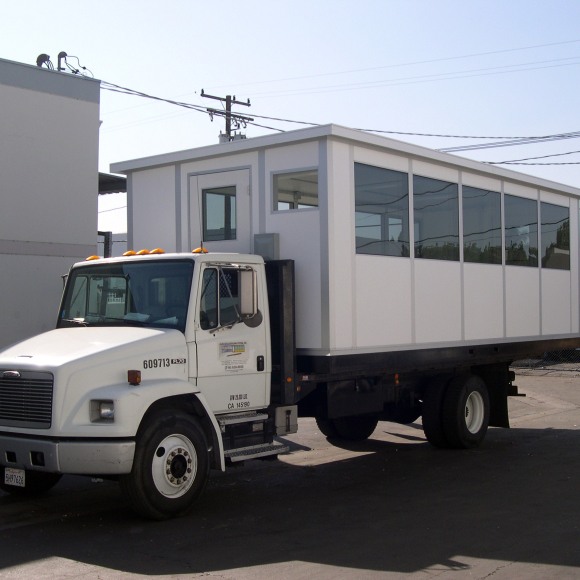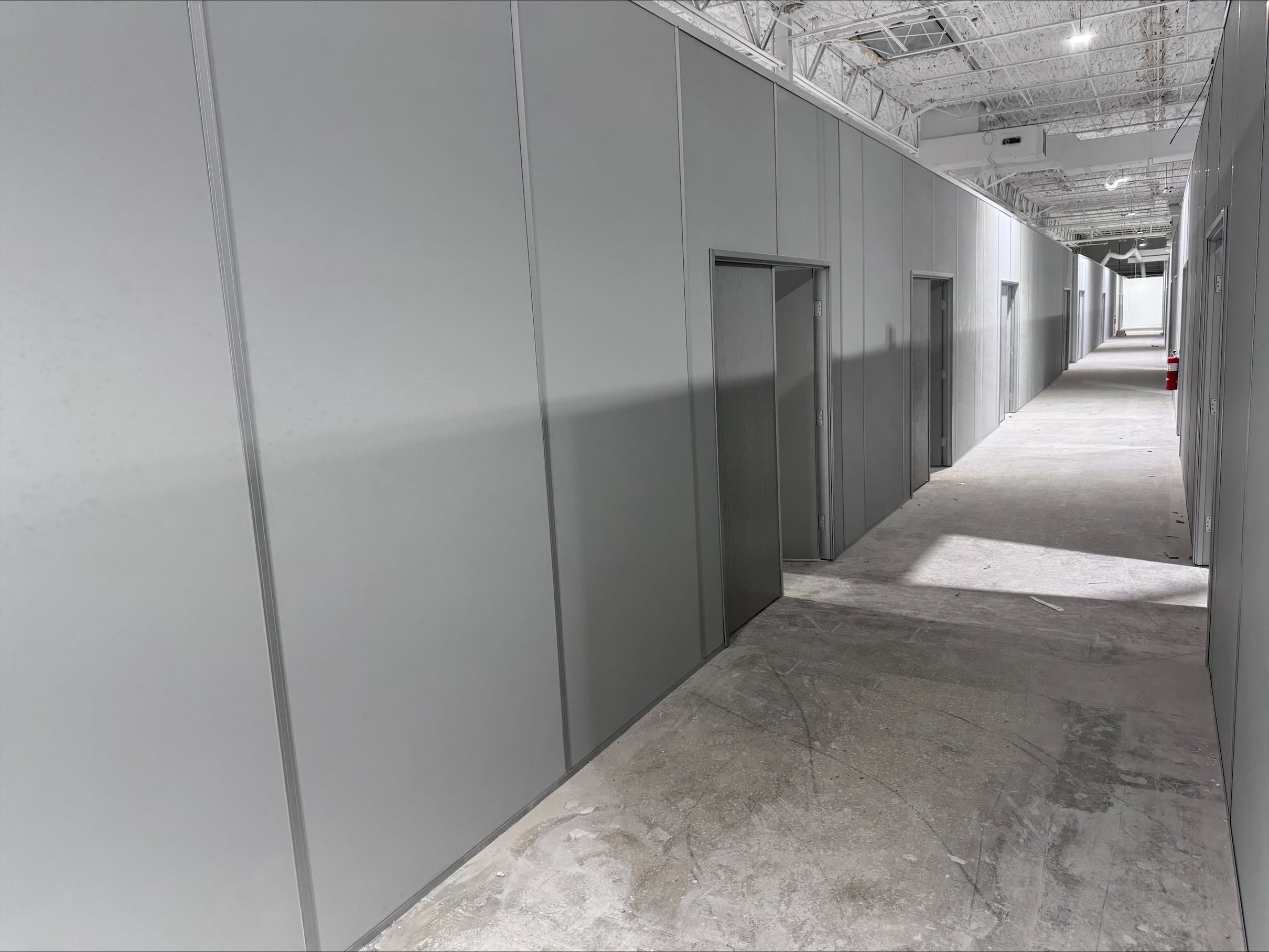In the construction industry, there’s a lot of confusion regarding what the difference is between modular and portable buildings. Both choices have advantages and disadvantages, but understanding these differences can help you choose the right solution. In this article, we will explore what modular and portable buildings are, their uses, and some of the main differences between them.
What is a Modular Building?
A modular building is a structure that is made with modules, or parts, that are made off-site in a factory. Each module is built separately, and then assembled on site to form a completed building that is more or less permanent.
Modular buildings, because they can be more or less permanent, have countless applications, including office spaces, schools, and even healthcare facilities. They are highly customizable, and can be designed to meet specific design requirements.

What is a Portable Building?
Portable buildings, on the other hand, are designed to be easily moved and relocated. They usually arrive as self-contained units that can be used as soon as they are delivered. These structures are 100% built off-site, and they are often used for temporary purposes.

What are the Differences Between Modular and Portable Buildings?
| Modular Buildings | Portable Buildings | |
|---|---|---|
| Construction and Design | Made in sections, assembled on-site; permanent or semi-permanent structure. | Fully constructed off-site, easily moved and relocated. |
| Intended Uses | Long-term use: homes, offices, schools, healthcare facilities. | Short-term use: offices, classrooms, emergency shelters. |
| Costs and Investment | Higher initial investment, long-term savings. | Lower upfront cost, may not last as long. |
| Regulatory Compliance | Must comply with local building codes and standards. | May face fewer regulations, varies by location. |
| Customization | Highly customizable to meet specific design requirements. | Limited customization, fewer models. |
| Flexibility | Stable and permanent, can be moved if needed. | Easily moved and relocated. |
Construction and Design
Modular buildings are made in sections that are later assembled on-site, which results in a permanent or semi-permanent structure (in truth, modular buildings can also be moved, but not as quickly). By contrast, portable buildings are fully constructed off-site and are meant to be moved around as needed. As a result, portable buildings typically offer less design flexibility, and purchases often have a limited number of models to choose from.
Intended Uses
Modular buildings are typically intended for long-term, permanent use. They can serve as homes, offices, break rooms, machine enclosures, and more. Portable buildings, however, are designed for short-term or temporary use. They are perfect for offices, classrooms, or temporary shelters during emergencies.
Costs and Investment
Modular buildings usually require a higher initial investment but offer long-term savings due to their strength and low maintenance costs. Portable buildings generally have a lower upfront cost, but may not last as long.
Regulatory Compliance
Modular buildings must comply with local building codes and standards. Portable buildings, on the other hand, depending on how they are used and where they are located, may be subject to fewer regulations. This can make the approval and setup process quicker for portable buildings, but it may also mean they do not meet the same standards as modular ones.
The Bottom Line
Choosing between modular and portable buildings depends on your specific needs and circumstances. If you require a long-term, customizable solution, modular buildings are likely the better choice. They offer the stability and design flexibility needed for permanent or semi-permanent structures. On the other hand, if you need a temporary, flexible space that can be quickly set up and moved, portable buildings are a great option.
Ready to explore the best solutions for your needs? Contact the experts at Allied Modular today to get a free quote on modular and portable buildings.




